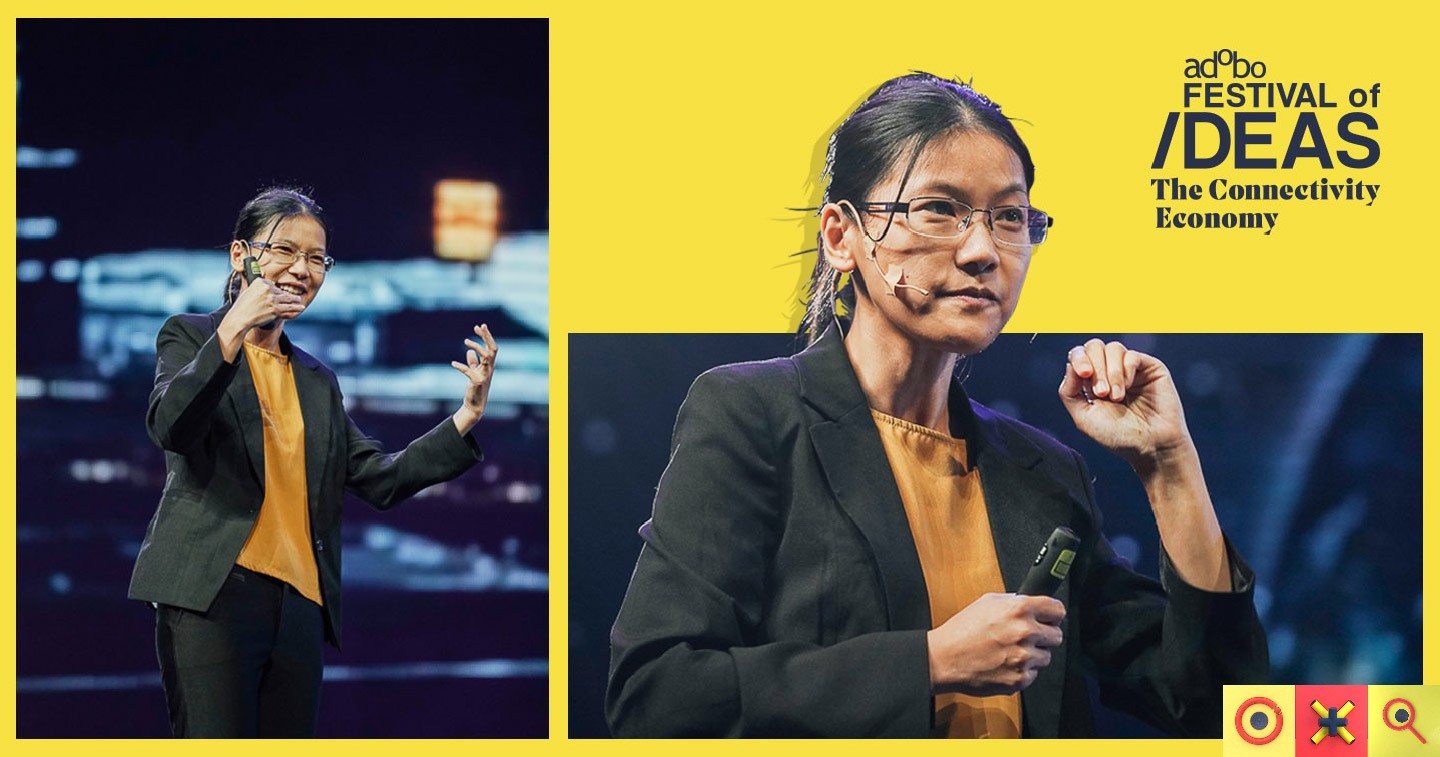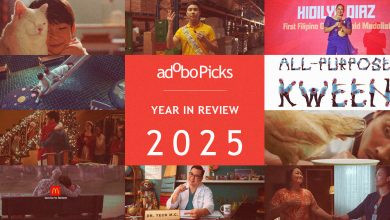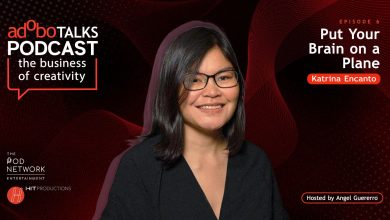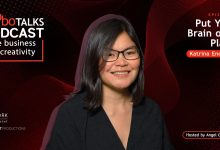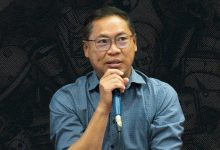Throughout the 20th and 21st centuries, the idea of outer space had always been this frontier that would define the extent of human capacity — and just how far we have come as a civilization. Since Apollo 11’s successful mission on the moon fifty years ago, space exploration has remained a popular object of fantasy, which Hollywood widely profited from while boosting the imaginations of people across the world.
At the recent adobo Festival of Ideas, Reina Reyes — a Filipina astrophysicist (lauded for verifying Einstein’s theory of relativity on a cosmic scale at 26 years old in Princeton University) and Head of Analytics at Ayala Corporation — culminated the one-day event at the Newport Performing Arts Theater, Resorts World Manila with an awe-inspiring session about how we are all currently living in a new space age and are constantly connected and affected by space in our daily lives.
As someone who shifted from studying data from outer space to studying data on earth as an analyst for one of the country’s largest corporations, Reina’s talk focuses on satellites and how the 4,987 data collectors that currently orbit the earth have an impact on practically everything we do in our daily lives more than we know.
Wrapping up the #adoboFOI2019 is Reina Reyes, Head of AC Analytics at Ayala Corporation, who took us all to space, highlighting how it connects us all. pic.twitter.com/VExLZwCVzv
— adobo magazine (@adobomagazine) December 5, 2019
She shares there are several types of satellites, including: Earth observation satellites or low-orbit satellites that carry cameras or optical payloads to observe and collect geographical information about the earth, such as the Philippines’ very own Diwata satellite that helps with environmental monitoring and map-making; Meteorological satellites such as the Himawari satellites that function in gathering information for weather forecasting and tropical cyclone tracking. Data collection from these satellites is especially important for preparing for disasters, as well as for disaster relief and recovery, something that countries like the Philippines certainly rely on and benefit from.
GPS or global positioning system satellites, which we interact with constantly through our devices and the numerous apps that function on location tracking. This is made possible by the constellation of 31 satellites that currently tell us exactly where we are, and Reina shared the exciting news that these satellites are getting an upgrade to become more accurate, more powerful, and fully operational in the next decade — necessary for the next wave of “smart” technology, such as self-driving cars and autonomous drones. Communication Satellites have revolutionized television, communications, weather forecasting, and intelligence applications. We wouldn’t have internet without these geosynchronous satellites hovering 40,000 kilometers above the earth. We can expect the next generation of internet satellites to be low-orbit (hovering just 500 kilometers above the earth) with the aim of providing internet to the entire planet — something that SpaceX and Amazon have been busy working on.
Reina closed the session with an exciting peek into the future by sharing about the ongoing projects and developments made by NASA and SpaceX in the movement to democratize and lower the cost of space travel. Fifty years since the Apollo 11 Moon Landing, we are now living in an era where we can actually consider the accessibility of space travel beyond NASA and astronauts.
With NASA’s Artemis Project, the goal of space travel has changed: The goal isn’t just to visit and explore the moon; the goal is to stay. Project Artemis aims to send the first woman and the next man to the moon in 2024 and pave the way for sustainable presence and open up a private space economy, from which lessons and results will be meant to prepare for missions to Mars — and finding ways to live there. It is an exciting vision of the future indeed, but one that needs a collective effort beyond scientists and engineers; it also calls upon contributions from the creative community.
Learn more about this exciting peek into the future by watching the full session below.
https://www.youtube.com/watch?v=zGzQcOXKOqY

